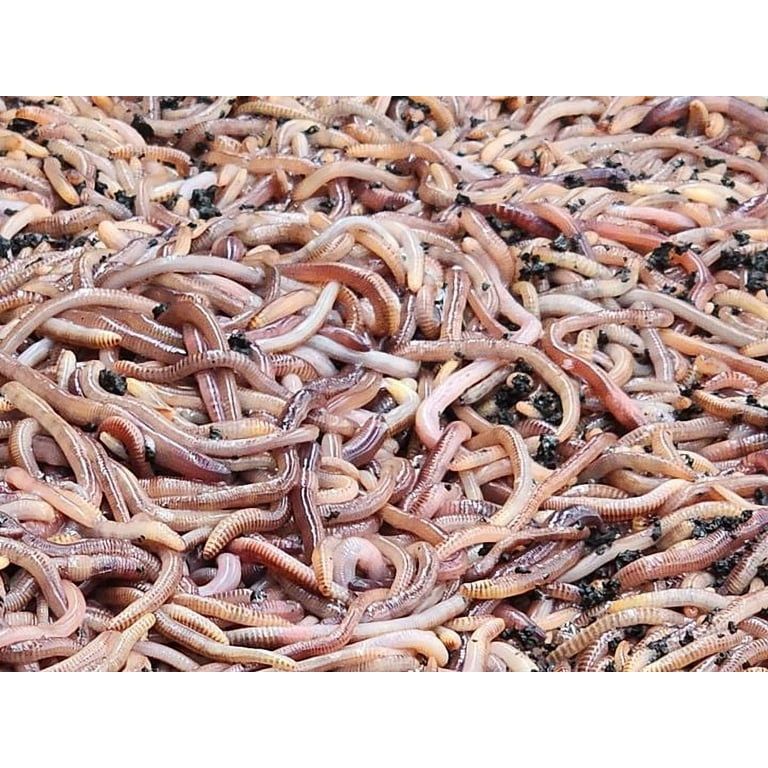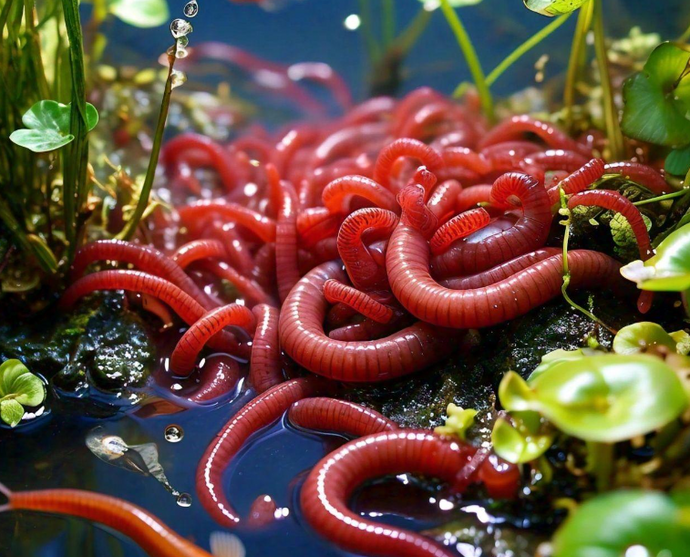Red Wigglers: Your Eco-Friendly Remedy for a Greener Garden
Red wigglers, or Eisenia fetida, provide a sustainable approach to enhancing yard health via vermicomposting. By incorporating red wigglers into your gardening methods, you can effectively handle waste while supporting a vibrant ecological community.
(red wigglers near me)
What Are Red Wigglers?
Although frequently mistaken for regular earthworms, red wigglers (Eisenia fetida) are a distinct types known for their effectiveness in composting natural issue. These worms flourish in abundant, organic atmospheres, such as compost heap and vermicomposting systems, where they play a critical duty in damaging down waste. Unlike their more usual counterparts, red wigglers prefer a warmer habitat, typically between 55 ° F and 77 ° F, which optimizes their activity and performance.
Red wigglers are characterized by their reddish-brown pigmentation and segmented bodies, which can mature to 4 inches in size. They possess an one-of-a-kind capacity to take in and absorb organic materials at an outstanding price, refining up to half their body weight daily. This quick decay procedure not just enriches the soil yet likewise adds to the overall wellness of the garden environment.
In regards to reproduction, red wigglers are respected, capable of producing cocoons that consist of several eggs. This permits quick populace development, making them an optimal selection for composting ventures. Their versatility and ravenous cravings for natural waste placement red wigglers as a crucial ally for eco conscious gardeners looking for lasting methods.
Benefits of Using Red Wigglers
Using red wigglers in the yard uses many advantages that enhance both soil top quality and plant health and wellness. These earthworms are exceptional decomposers, damaging down organic issue such as kitchen scraps and lawn waste right into nutrient-rich spreadings. These castings, often described as "worm gold," provide necessary nutrients that boost dirt fertility, advertising lively plant development.
Red wigglers also boost dirt framework. The existence of red wigglers increases microbial activity in the soil, creating a flourishing community that contributes to illness resistance and improved plant health.
Another substantial advantage of using red wigglers is their ability to reduce waste. In recap, integrating red wigglers into horticulture techniques returns considerable advantages, making them an important enhancement to any eco-conscious garden.
(Hickory)
Exactly How to Start Vermicomposting
To start vermicomposting, it's important to produce a suitable setting for red wigglers to grow, as their success straight affects the effectiveness of the composting process. Beginning by picking a container, such as a plastic or wood bin, with adequate drain and ventilation. A size of roughly 2 square feet is optimal for a family, enabling for a workable worm populace.
Following, prepare bed linens product that is wet yet not excessively wet. Shredded paper, cardboard, and coconut coir are superb options, offering a comfy environment while also acting as a carbon resource. Load the container with 4 to 6 inches of bed linen.
After developing the bedding, present your red wigglers. A regular starting populace is concerning 1 extra pound of worms, which can consume about half a pound of food scraps daily. It is vital to add food scraps progressively, focusing on vegetable peelings, fruit waste, and coffee grounds, while avoiding meat, dairy products, and oily foods to stop smells.
Preserving a Healthy And Balanced Worm Container
When your red wigglers are settled into their brand-new bed linens, preserving a healthy and balanced worm container ends up being critical to ensure optimum composting conditions. The main variables to keep track of include moisture, temperature level, and oygenation. Preferably, the worm container must be kept moist yet not soggy; a humidity level around 60-70% is optimum. To accomplish this, regularly examine the bed linens and include water as required, while additionally utilizing completely dry products such as shredded newspaper to absorb excess dampness.
Temperature level control is similarly vital. Red wigglers prosper in settings between 55 ° F and 77 ° F(13 ° C to 25 ° C) Stay clear of revealing the container to extreme temperatures; severe warm can kill the worms, while too much cold can slow their activity.
Aeration is important to prevent anaerobic conditions, which can result in unpleasant smells and damage the worms. Turn the bedding gently every couple of weeks to promote air movement and disperse food eisenia fetida worms for sale uniformly.
Feeding your red wigglers is one more important aspect. Offer a balanced diet regimen of cooking area scraps, avoiding citrus and spicy foods, which can be damaging to their health and wellness. By consistently keeping track of these elements, you can make sure a growing community within your worm bin.

Tips for Using Worm Spreadings
Regularly incorporating worm castings right into your yard can considerably boost dirt health and wellness and plant growth. To properly utilize worm castings, begin by identifying the appropriate application rate, which generally varies from 10-20% of the overall soil volume. This makes sure ideal nutrient accessibility without overwhelming your plants.
When using worm spreadings, mix them right into the leading few inches of dirt around well-known plants or incorporate them right into your seed-starting mix for new plants. Furthermore, think about producing a worm tea by steeping worm spreadings in water for 24-48 hours.

Conclusion
The utilization of red wigglers in horticulture methods presents a lasting technique to lose monitoring and soil enrichment. These composting worms not only convert natural waste into useful nutrients but likewise improve soil structure and promote a healthy microbial ecological community. By adopting vermicomposting methods, gardeners can effectively add to environmental sustainability while enhancing plant health and wellness. The combination of red wigglers into gardening routines eventually supports both ecological balance and farming performance.